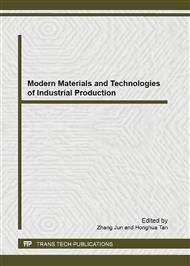p.635
p.639
p.643
p.647
p.651
p.657
p.661
p.666
p.672
Research on Wireless Power Transmission Based on Magnetic Resonance Coupling
Abstract:
e. The formalism of wireless power transmission is discussed coupled mode theory can be used to describe the resonance process. According to the changing process of input impedance and input current to describe the demarcate of resonant frequency. also demonstrate that loop circuits have an important effect of the resonant magnetic field distribution.
Info:
Periodical:
Pages:
651-656
Citation:
Online since:
September 2013
Authors:
Price:
Сopyright:
© 2013 Trans Tech Publications Ltd. All Rights Reserved
Share:
Citation:


